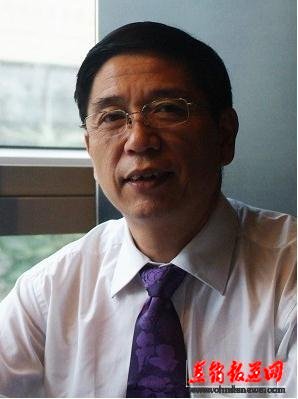2018-11-01 15:31
Bao Ge: Nowadays retail operations "new" and "old" are not the key

[Direct Report Network, Beijing, October 31] (Bao Ge's theory of relativity) New retail, has been two years since the concept was proposed. If more is still being discussed in 2017, the more practitioners are in 2018. I have always been concerned about new things. When the new retail became a hot topic last year, I shared my point of view (click on the review, "New things are coming up, can you keep up?"), and now a lot of "new retail" concepts have been opened. The shop, naturally, also have to experience it.
On Sunday, I called Sun Quan and Shi Zong of the company early in the morning to go to see a newly opened store. The store is located next to the mature community and commercial area, with an area of more than 500 square meters. The shelves are full of merchandise, mainly for daily necessities and food. There are malls online, there are experience shops offline, and there are big data connecting them. The new retail has all the elements, but there is a feeling of not knowing where to start. In other words, it is more like a product showroom than a retail store.
After coming out of this store, Shi’s proposal is better to take a look at “old retail” – what the traditional convenience store is now. So we found a 7-Eleven, the world's largest chain of convenience store groups opened, what kind of experience will it bring?
A pot of Oden, a cup of coffee, can live very well?
When it comes to convenience stores, many people think that it is not a reduced-price supermarket that is open 24 hours a day. In fact, the business model of convenience stores and big supermarkets is quite different. Convenience stores located in downtown areas, if there is only the advantage of "convenience", the types, quantities and prices of goods are all invincible to the big supermarkets, which is unsustainable.
Walking into 7-Eleven, you will find that food accounts for a large proportion, especially fresh food, Oden, lunch, salad, coffee, etc. There are many types to choose from. Before we entered the store, we didn't really want to buy it, but after we went in, we were interested in it. We were also interested. We bought a lot of food and sat there to eat, talk, and observe. Not to mention, everything is done very well, and the taste of coffee is better than Starbucks. This reminds me of the time when I was on a business trip in Japan. I didn’t have time to eat well in order to hurry. I just dealt with it at the convenience store. Although I was in a hurry, everything I ate was delicious.
Identify the demand and do the quality. Small convenience stores, under the impact of big supermarkets, e-commerce, and new retail, can still live very well and have their own reasons.
More than 60,000 stores, no two stores have the same merchandise
7-Eleven has more than 60,000 stores worldwide, but no two stores have the same merchandise. The reason is easy to understand, because there is no customer base in the two stores is exactly the same. But what is curious is how does it do it, just judge by the sales of the goods?
Walking into the 7-Eleven store, we found a secret on the cash register. In addition to the normal cash register operation, 7-Eleven's cash register also has a lot of buttons, there is a choice of gender, there is a choice of age, the cashier will first press the corresponding button when recording, record the customer information, this is The "customer portrait" of this store. Over time, in a huge database, there are consumer habit analysis and hot product recommendation from different countries, cities, ages and genders, which in turn provides decision-making reference for the store.
A glimpse of the whole leopard. Suzuki Minho, the founder of 7-Eleven, has a saying: "Our enemy is not a peer, but a customer demand that changes at any time." Focusing on customer needs rather than shop-centric is one of the core ideas of new retail. . From this point of view, 7-Eleven has done it.
Sharing these feelings with everyone, of course, is not to show that "new retail" is not as good as "old retail." The obvious fact is that every field has a good sample and there are also difficult operators. “New” and “old” are not the key. The key is to look at the problem from the essence of sales and to get things done from the customer's needs.
|

